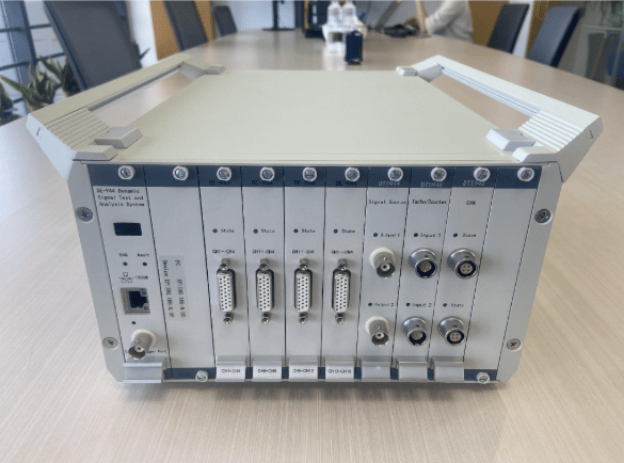Aeroengine Performance Testing for Next-Gen Engines
Aeroengine Performance Testing: Multi-Parameter Analysis for Next-Gen Engines
In March 2024, the Shenyang branch of Tianjin Aerospace Reliable conducted a comprehensive mechanical characteristics analysis of a specific aeroengine model for a research institute under the Aerospace Group.
Why Multi-Parameter Testing Matters
Modern aeroengines operate under extreme conditions where reliability and efficiency are non-negotiable. Understanding their dynamic response across vibration, thermal, and structural domains is crucial to ensure safety and optimize design. By combining vibration analysis, thermal mapping, deformation measurement, and angular monitoring, engineers can detect potential failure modes before they compromise performance.
Multi-parameter testing also enables engineers to correlate thermal effects with mechanical stress, which is essential for predicting long-term durability. This holistic approach reduces the risk of unexpected failures during critical flight stages.
Test Setup and Capabilities
The evaluation required high-precision instrumentation and a robust data acquisition system:
DE-944 Dynamic Signal Test and Analysis System (452 channels) for synchronized, high-speed data collection.
Acceleration sensors to capture vibration and resonance behavior.
Laser displacement sensors for non-contact deformation monitoring.
Temperature sensors to map thermal gradients across engine components.
Inclination sensors to observe angular variation during load transitions.
This integrated setup allowed accurate measurements across multiple parameters, ensuring no critical detail was overlooked.
Key Outcomes and Engineering Impact
Testing covered idle, takeoff, cruise, and overload conditions to replicate real-world flight profiles. Real-time sampling at up to 100 kHz ensured precise capture of transient events and vibration modes. The analysis confirmed the structural integrity of critical components under simulated conditions and validated digital twin models used for predictive maintenance.
The results provided a benchmark for future aeroengine programs, helping engineers refine designs, improve component durability, and mitigate risks associated with thermal-mechanical coupling. By leveraging this data-driven approach, next-generation engines can achieve superior reliability, efficiency, and safety.
Conclusion:
Comprehensive multi-parameter testing is not just a quality check—it’s the foundation for advancing aerospace technology. By integrating advanced analysis tools with real-world simulations, engineers can ensure that next-gen aeroengines perform flawlessly under the harshest conditions.

